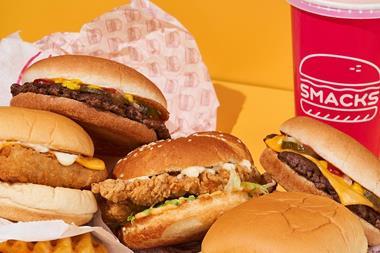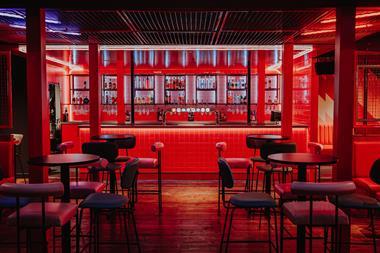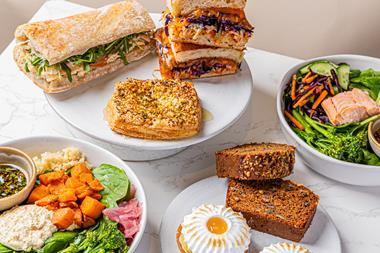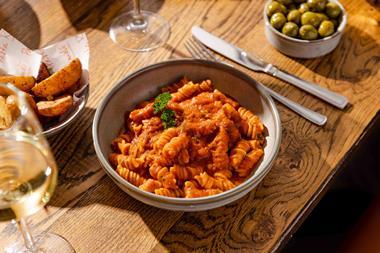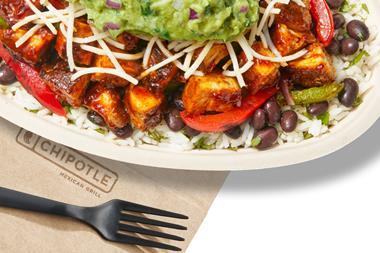What do McDonald’s new menu tweaks, Honest Burgers’ forthcoming QSR concept, and the social media hype of Supernova have in common? Tom Gatehouse of Egg Soliders explores the phenomenon of the smashburger and its prospects for mainstream success
What makes a burger a good burger? It’s a subjective question of course, and to adapt a saying, one person’s junk food is another’s golden leaf-laden Kobe wagyu beef patty.
Of course, the patty, bun, toppings, and sauce all have to sing in harmony for a burger be a hit with consumers.
But perhaps a better question would be, what makes a burger a success?
When we talk about success, the metrics depend very much on the customer and the context.
What works well in a casual dining restaurant might be very different to what works in a traditional QSR environment.
Yet despite a past tendency for burgers to stay in their lane when it comes to their own market segment, there are increasing signs of a coalescence of trends.
A good example of a brand that is stretching those boundaries is Honest Burger, with its plan to enter the quick-service fray – moving beyond the still-challenged casual dining sector into an altogether more resilient channel.
The Honest Smashed concept has punchy ambitions to take on the big beasts of QSR, and as the name suggests, smash burgers are the order of the day.
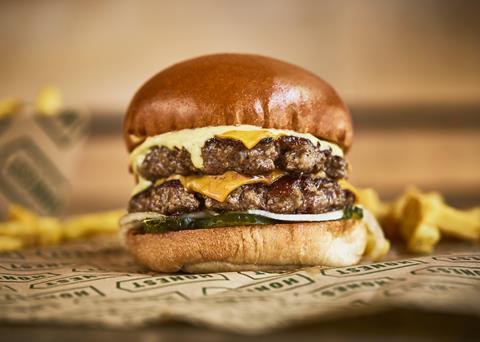
This move leads me on to my next question: what makes a burger relevant today?
Anyone with even a side eye on Instagram will have seen the growing obsession with smashed burgers, and few have been on the front foot of this wave as much as Supernova in Soho.
The BVC Group-owned concept does LA-style patties, serving a cheeseburger, a signature house option, and little else.
The menu is only around 25 words long, a ‘singular format’ concept with a super pared back list of embellishments such as American cheese, onions, pickles and sauce.
The presentation does not scream premium, yet a look through their socials yields three main themes: quality of ingredients, consistency of product, and nostalgia.
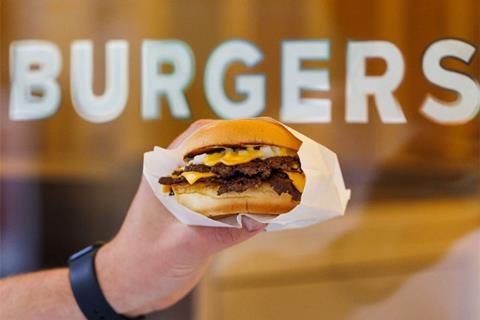
And therein lies the mould-breaking strength of the smashed patty. While certainly not gourmet, a smashed patty can boast premium quality beef, despite its looks.
It can also be sustainable, as offered by the new Temper Burger concept that launched in April, the little sister brand churning out smash burgers made with the same beef as Temper’s steaks.
Or there’s regenerative, as is the Honest Burgers focus.
Smash burgers naturally cook quickly and boast big, rich, caramelized flavours. And, as demonstrated by not only Supernova in the UK, but the likes Mana, Bun & Sum, Bake Street, and even as far as the concept-mashing genius of Whyte’s in Hackney, the smashed burger works best as comfortingly familiar, harking back to childhood cravings, away from stacked high ‘grown-up’ burgers that require cutlery.
If that sounds familiar, then due credit belongs to the long-time standard-bearer for consistency and nostalgia, McDonald’s.
While McDonald’s hasn’t quite jumped on the smash burger trend, it’s chosen to up the ante with ‘quality’.
Described as a great leap forward, and the biggest change to its food for a generation, McDonald’s has overhauled its British menu to mark its 50th anniversary in the UK.
Behind the PR, this is less radical overhaul and more subtle tweaks aimed at nudging the product closer to cook-to-order restaurants.
Head of menu Thomas O’Neill describes the development as “turning up the volume in your favourite TV show”, when speaking to the Evening Standard.
The meat patties are cooked at a slightly higher temperature for less time, with a view to lock in more juices and create more of the Maillard reaction.
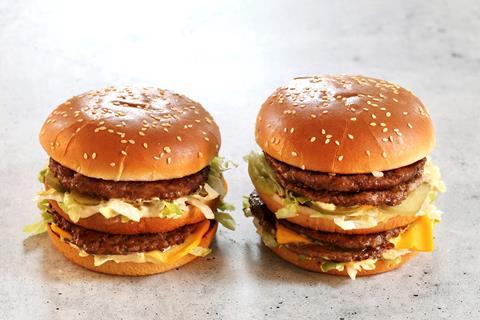
Garnishes like onion and cheese are added straight after cooking, rather than at assembly, to add in more flavour.
The new style of cooking delivers a hotter burger and to reduce food waste, restaurants are set to cook fewer burgers at once and hold them for 30% less time, aimed at delivering a juicier, hotter, fresher version.
The bun has also had an upgrade, and is now a “glossy… upmarket brioche”, toasted for longer to help them hold their shape, according to the Standard.
Change is not a term often bandied around by the QSR giants like McDonald’s when it comes to hero offers, so these modifications are not insignificant.
It would be quite the seismic shift for the brand to go full smashed, and probably unnecessary considering its dominant position in the market.
Still, it’s fairly clear that the smashed patty concept is emerging as a great equaliser.
Worthy and capable of both being served in quick-service, casual dining and pubs, the smash burger epitomises food trends that go to the heart of human emotion - namely comfort, pleasure, playfulness, accessibility, and a desire for quality, consistency and enjoyment.
A final couple of questions. What other tweaks might make a good burger even better? And what trends should development chefs and NPD specialists have their eye on next?
For me, I’d start with a top-notch potato bun.


























